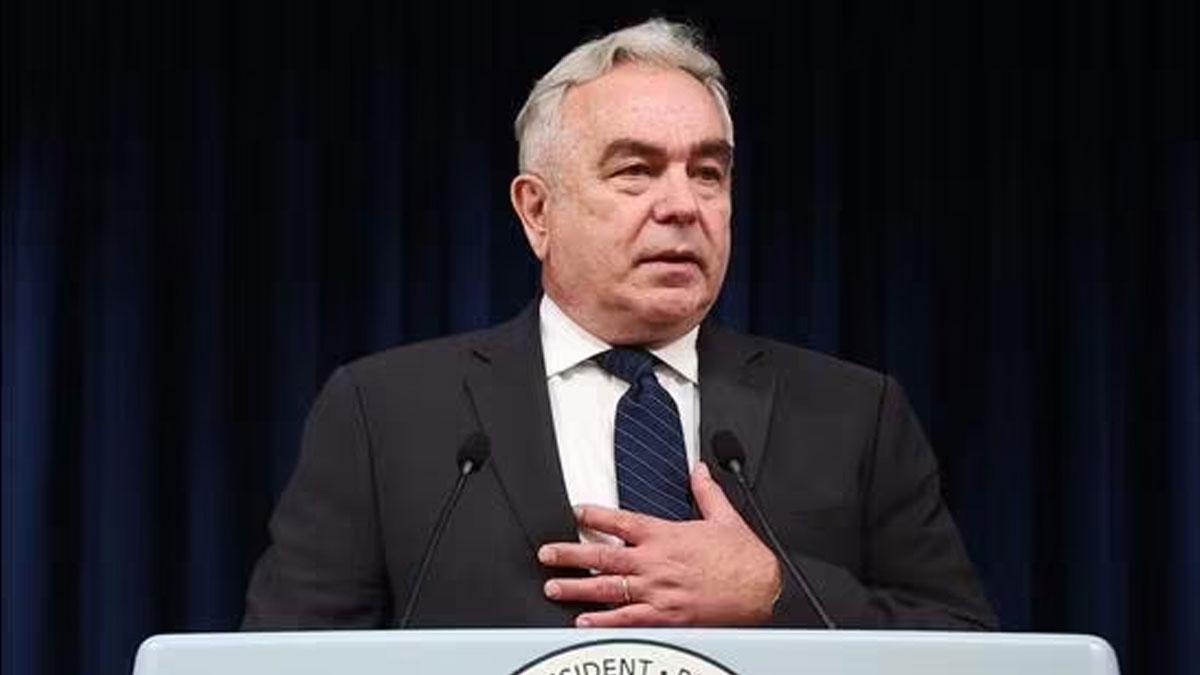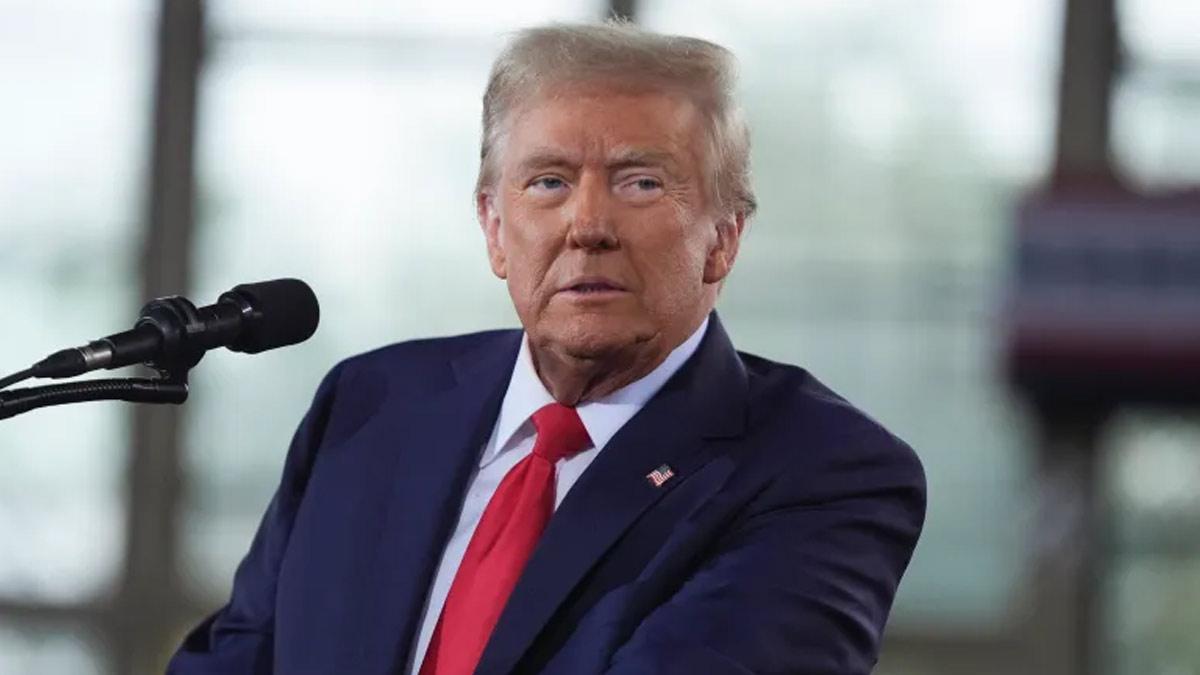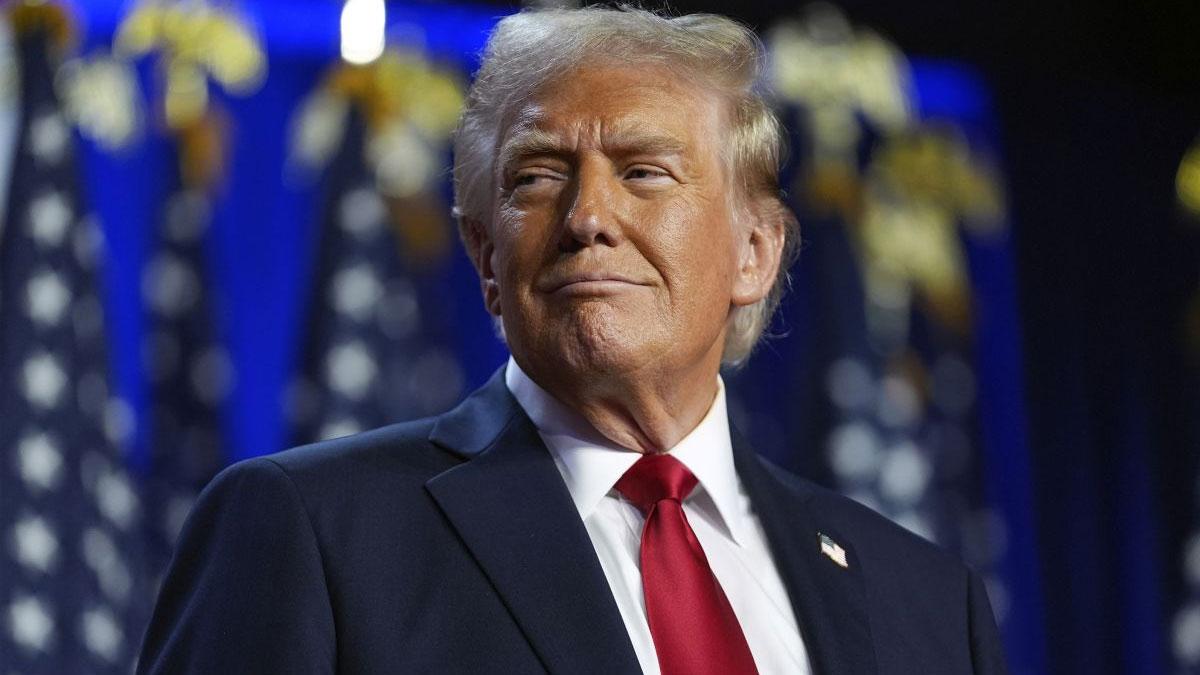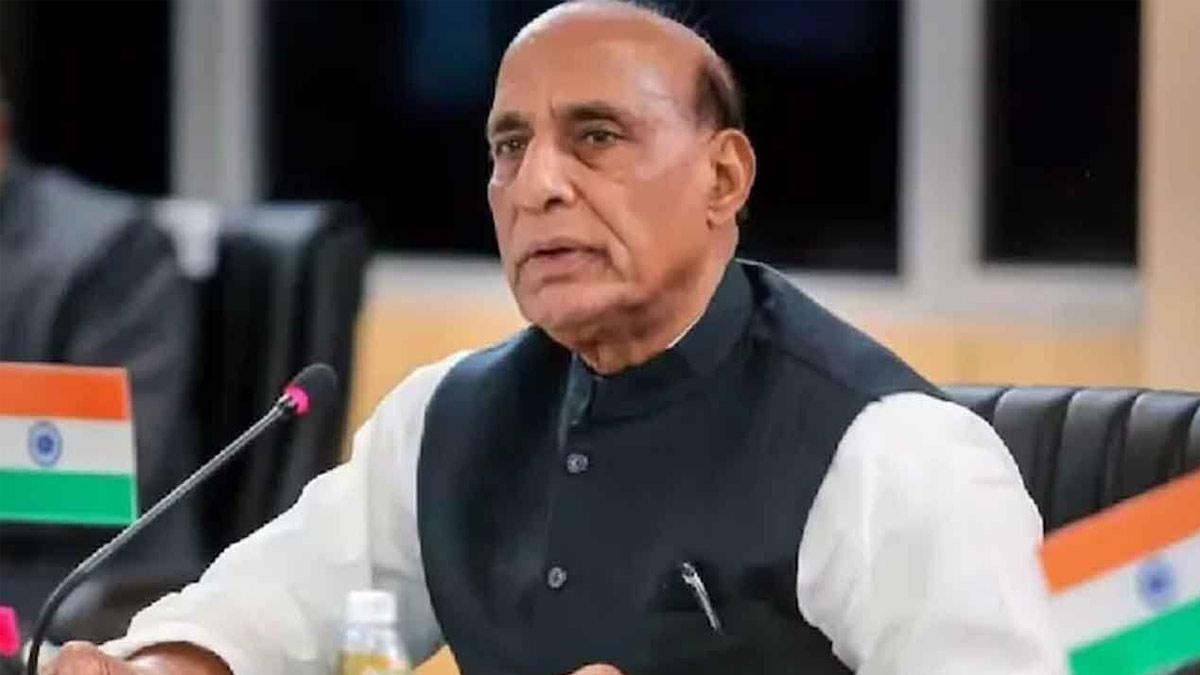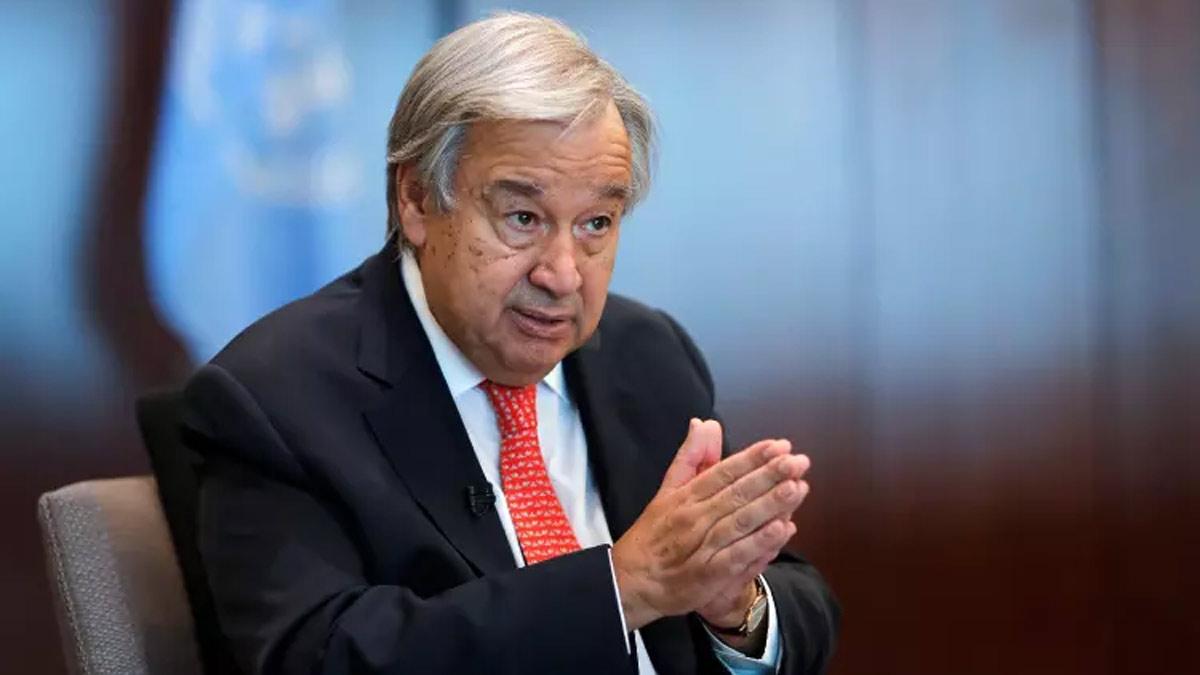A prominent US official stated that the bilateral relationship with India has finally reached “escape velocity,” a term borrowed from space exploration referring to the speed necessary for a body to break free from gravitational pull.
Deputy Secretary of State Kurt Campbell made this remark while discussing a sustainable and long-term US policy in the Indo-Pacific region at an event hosted by the Council on Foreign Relations, a prestigious think tank.
Campbell, who recently visited India with National Security Adviser Jake Sullivan, noted this trip marked the first visit by senior US officials to New Delhi during Prime Minister Narendra Modi’s third term.
Campbell advocated for prioritizing an increase in the number of Indian students in STEM fields at US universities over students from China, citing trust issues in high-tech fields with the latter.
“The United States and India have launched an effort to intensify defence industrial cooperation on jet engines and armoured vehicles,” Campbell said, emphasizing the importance of this collaboration in the context of America's ongoing engagement with the Indo-Pacific region.
“After working in India for decades, I can tell you that it is my view that finally, the use-end rate relationship has reached escape velocity. I think we have a partnership that can be sustained and there is ambition in both Delhi and Washington to take important next steps. We’ve worked together on a variety of other issues between the United States and India including announcing new initiatives where we will work together for the first time in the Indian Ocean.” Campbell added.
Previously, Campbell served as the White House czar for President Joe Biden’s Indo-Pacific policy, which has elevated the Quad platform (comprising India, Australia, and Japan) to the leaders’ level, initiated the AUKUS partnership with Australia and the UK, and strengthened bilateral, trilateral, and multilateral relations with Indo-Pacific nations to address China’s assertive rise.
The mentioned jet engine cooperation involves the joint production of GE’s F414 jet engine with HAL, announced during Prime Minister Modi’s state visit last June.
Additionally, India and the US are negotiating the co-production of Stryker armored infantry fighting vehicles, which India is considering as a replacement for its aging fleet of Russian-made ICVs.
The US and India collaborate on numerous issues, with people-to-people connections being among the most significant. Indian students form the second-largest group of foreign students in US universities, and their numbers are rapidly increasing.
In response to a question about addressing the decline in Chinese student numbers, Campbell emphasized the need for a larger influx of Indian students. “Right now the largest increase that we need to see going forward would be much larger numbers of Indian students that come to study in American universities on a range of technology and other fields more directly,” he said.
Read also | US Backs South Korea's Response to Russia-North Korea Military Cooperation

